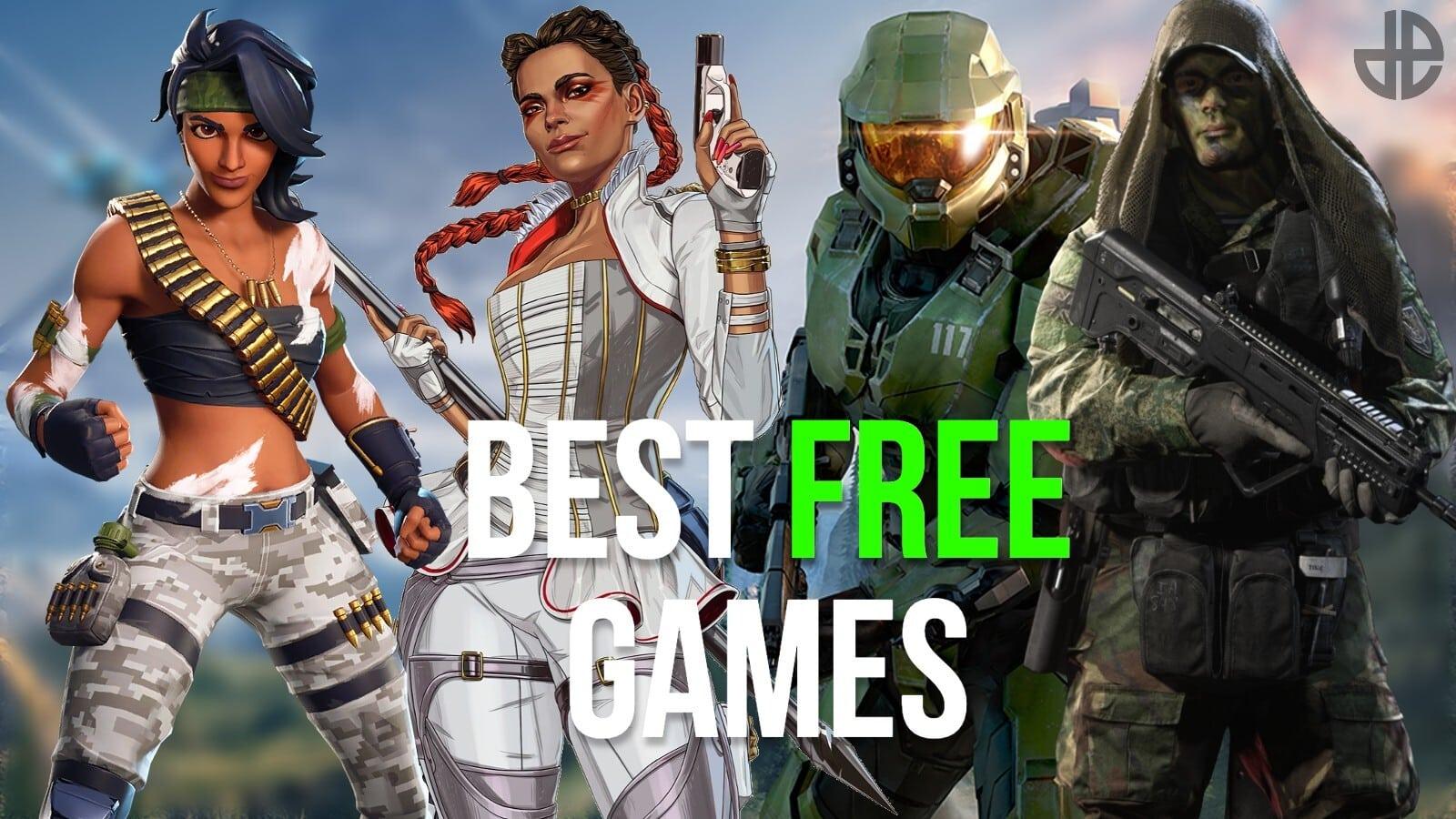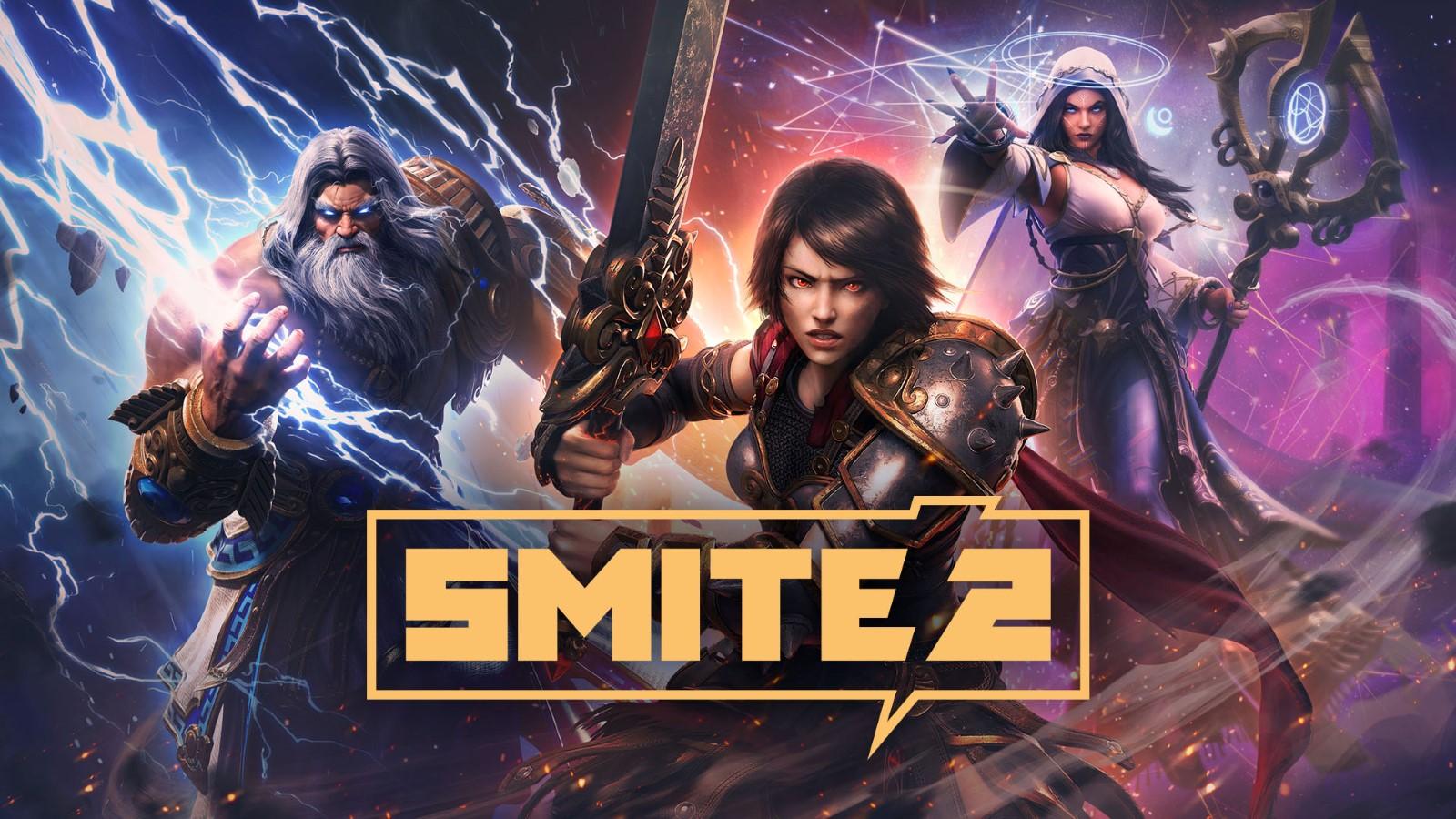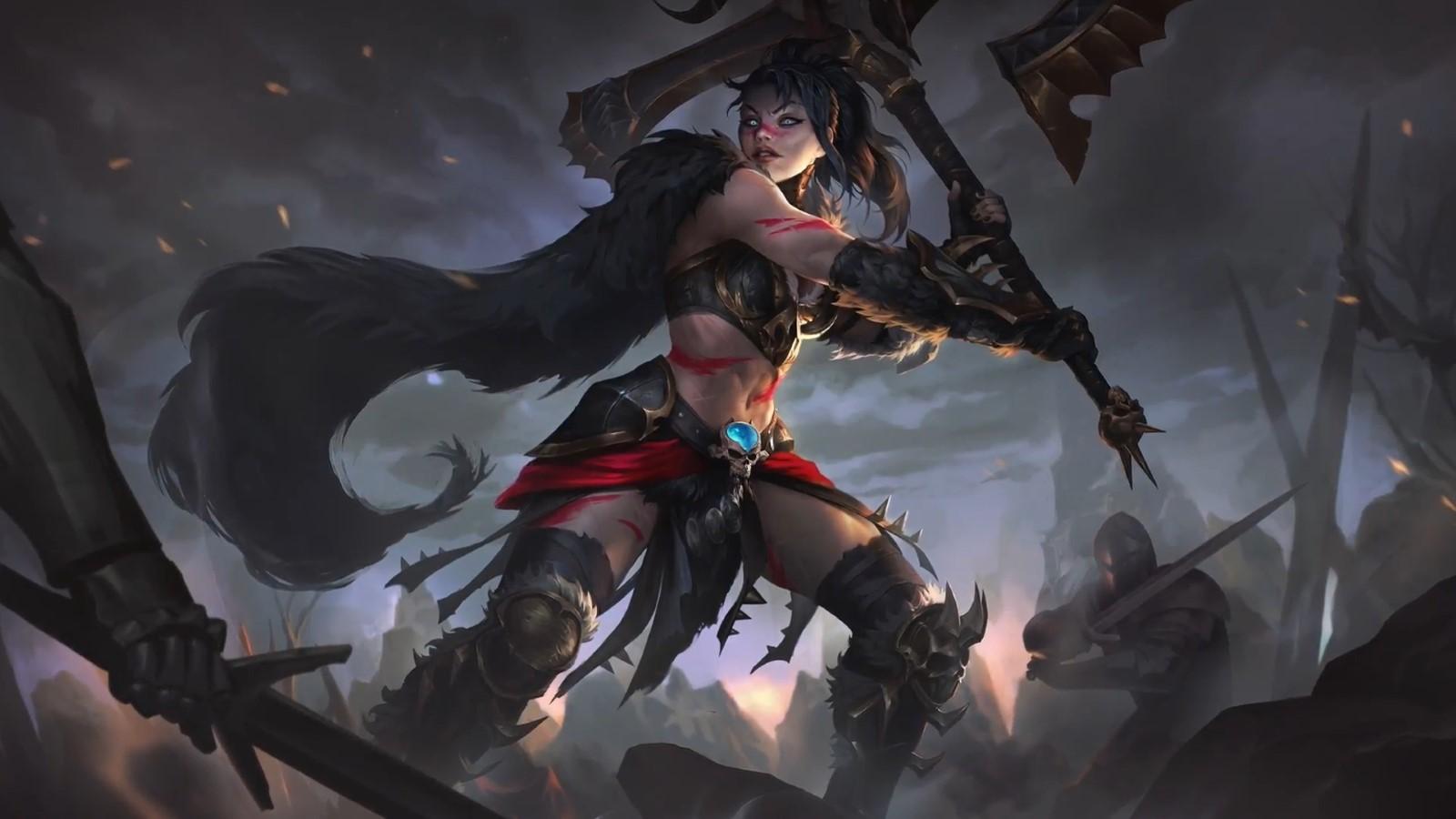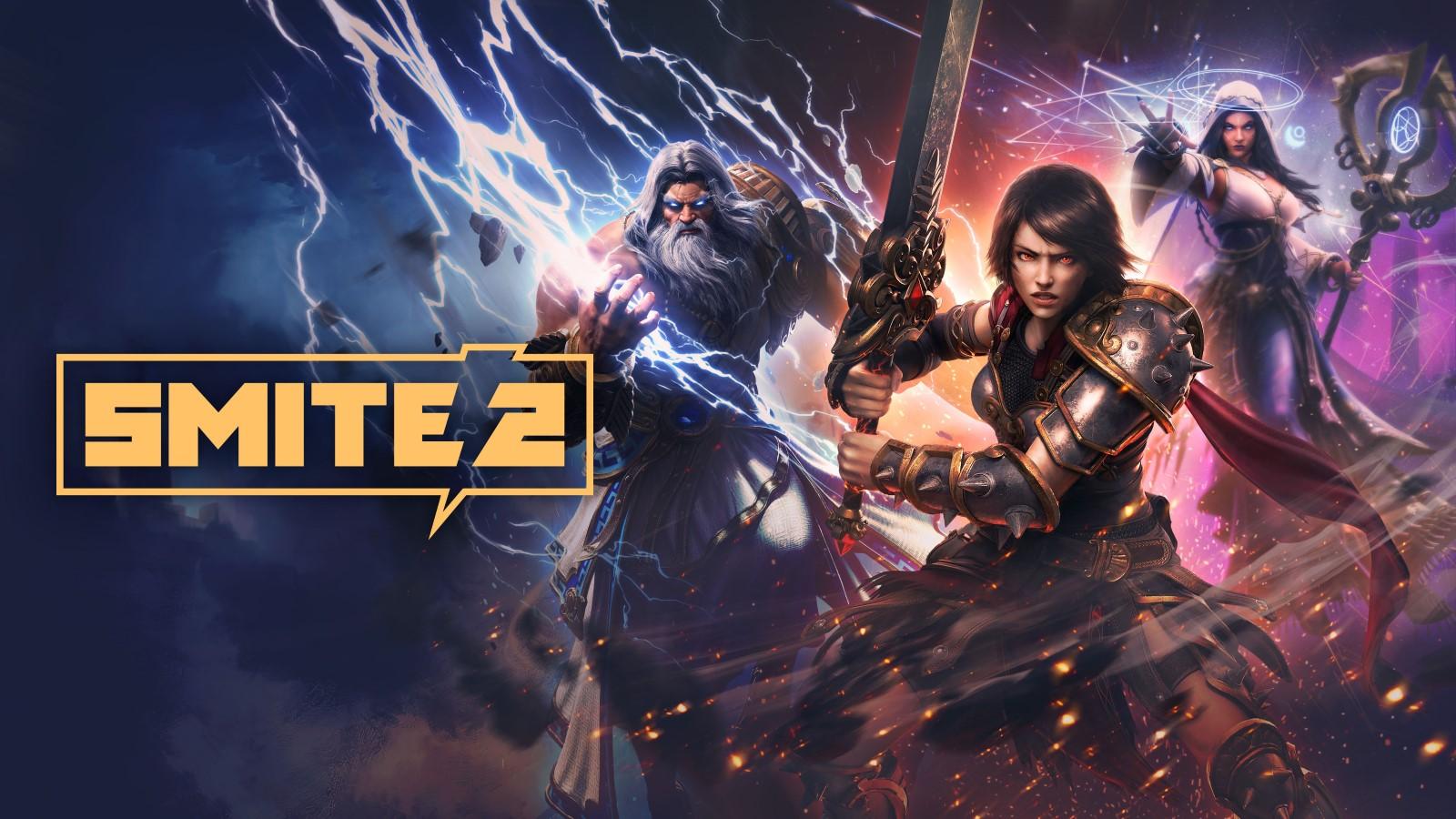Exclusive: An in-depth look at Smite 2’s new Conquest map
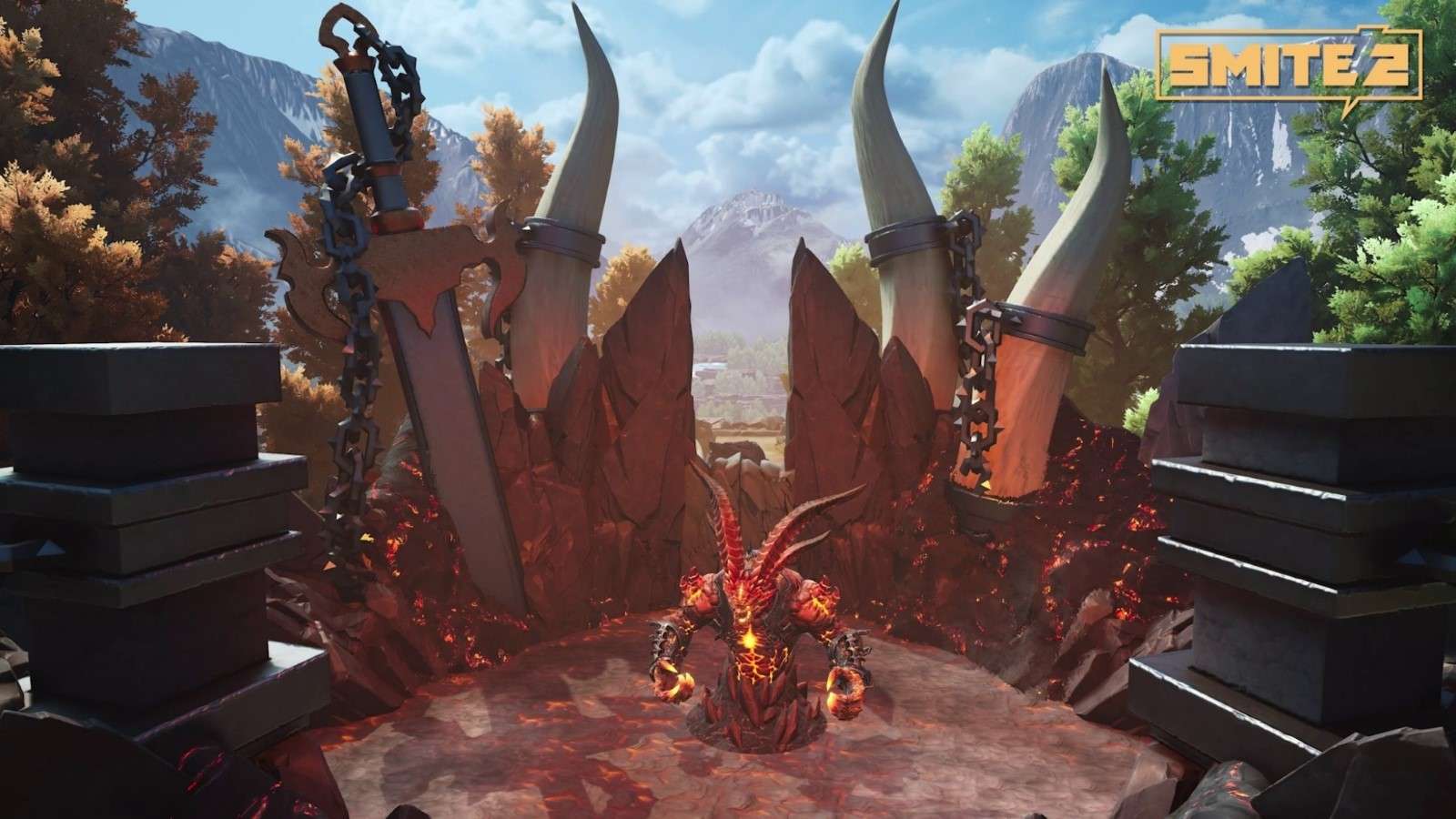 Smite 2
Smite 2Smite 2’s Conquest map may have a similar layout to the map in the first game, but there are several changes that take away as much as they add. It’s a back-to-basics approach for the Smite 2 map as the devs look to refine Smite’s main competitive mode for the sequel, as told by the devs in an exclusive interview with Dexerto.
Smite 2’s Alpha should be coming soon if the projected Spring 2024 release window is anything to go by, and a number of videos about the iterations and improvements coming to Smite 2 have already been released in the lead up.
We also spoke with some of the lead developers and playtested the game for ourselves earlier this year, and, though it’s still a bit rough around the edges considering it’s an Alpha, Smite 2 is a true sequel in the sense that playing it feels much different from its predecessor.
This difference doesn’t come from just gameplay alone. Smite 2’s Conquest map is similar at a glance, but very different in the way it flows, the way players farm, and how you can expect to win games. Dexerto sat with some of the lead developers behind the new Conquest map to pick their brains on their approach to re-designing the original game’s flagship competitive mode in Smite 2.
Trimming the fat
Smite 1’s Conquest map has evolved in many ways over the years, but not all of them have been universally positive. It’s got all of these little extra ways to get gold and XP on the map like side lane buffs, roaming jungle harpies, Oracles, the Stygian Beacon, Totem, Pyromancer – there’s a genuine smorgasbord of options, but it’s hard not to feel like there’s too much going on.
The developers behind Smite 2 agree with that sentiment, and they’ve substantially trimmed down the map while making the objectives they kept a bit more impactful.
“The process for distilling Conquest started with two simple questions: What are the core elements required to be a MOBA, and what are the core elements that make up the identity of Conquest?” explained Senior Level Designer Matthew Barcas.
“Following those two questions, we were able to identify what was absolutely needed. In addition to [lanes, towers, & minions], we found that Fire Giant, Gold Fury, the Titans, and the Phoenixes were the most important elements that needed to be included with the map.”
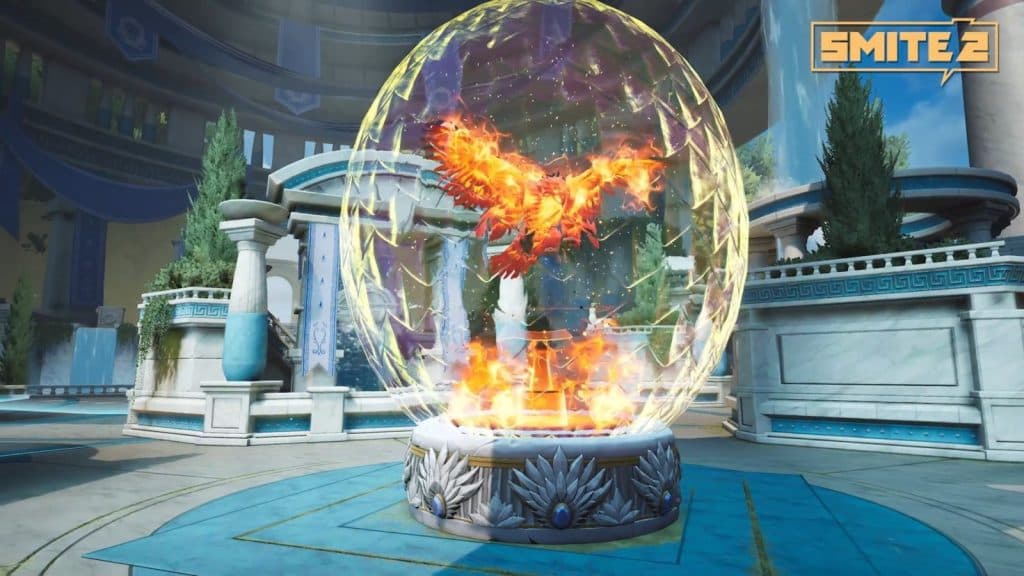
From there, Barcas explained that team iterated on what remained on the map rather than trying to create new objectives exclusive to Smite 2. Most of the side jungle objectives and map elements have been removed, but the ones that remain have a lot more impact.
“Gold Fury will now give permanent team boosts based on how many times a team has defeated her. There’s a new siege minion in lane whom’s main purpose is to help deal massive tower damage on a push. Jungle camps will now level up as you defeat them, providing better rewards at higher levels.
“These are just some of the examples of how we tried to keep the base game mode simple for incoming players, but also provide enough depth for veteran players who want to dive deeper into the mode.”
One of the biggest changes is that, once a team gets three Gold Fury kills under their belt, killing that objective will disable all enemy towers for 3 minutes. Now there’s more to fight for in the late game than Fire Giant.
The dev team goes into a bit more detail on some of these more drastic map changes in the official video that goes over many of the new map changes.
That said, these decisions weren’t made lightly, and Barcas hopes he can bring back some elements from Smite 1 in the future like Oracles, Scorpions, and Pyromancer.
Finding map solutions for item problems
Smite 2’s item system is a drastic departure from Smite 1’s. Some old-school Smite players who haven’t touched the game in a while may not know that boots were removed a few years back, and that change has stuck around in Smite 2. However, starter items have also been entirely cut.
Starter items are a MOBA staple, especially for roles like jungle and support that tackle farming and gaining experience a bit differently from standard laners. What’s more, jungle camps don’t drop buffs at level 1, meaning that the process of clearing, sustaining, and countering invades is much more difficult for junglers.
To keep the jungle from being constantly under assault from the enemy laners, the level designers were tasked with fixing the issue by changing the map layout around and re-designing jungle camps.
“In other MOBAs, the map is big and has a lot of sources of XP/Gold. In Smite, we intentionally keep the map small because we want players to PvP more than PvE. With this restriction, we have to start getting creative with the limited space we have to work with.
“For starters, junglers were the most affected by the starter item change. Without a jungle starter item, they wouldn’t be able to reliably sustain throughout their jungle route, and that resulted in junglers backing a lot. In response to this behavior, we needed to adjust the timing and lethality of everything so that junglers could farm at the same rate as a laner while also having the opportunity to roam and gank,” Barcas claimed.
“To achieve this, we did two things: First, we added small amounts of extra distance from the lane to the jungle camps that were deeper in the jungle so that laners couldn’t easily clear a jungler’s camps and make it back to lane without any risk. At early stages of the game this seems to be intact, but at later stages it becomes much harder to control these timings.”
His point about timings being much harder to control is something that came up in our playtest. If a support player on a high-damage Guardian like Ymir got ahead, there was little to keep them from running through your jungle. This could lead to snowball issues down the line, but, for now, a support player getting ahead enough to take advantage of this window is a rarity in an evenly-matched game.
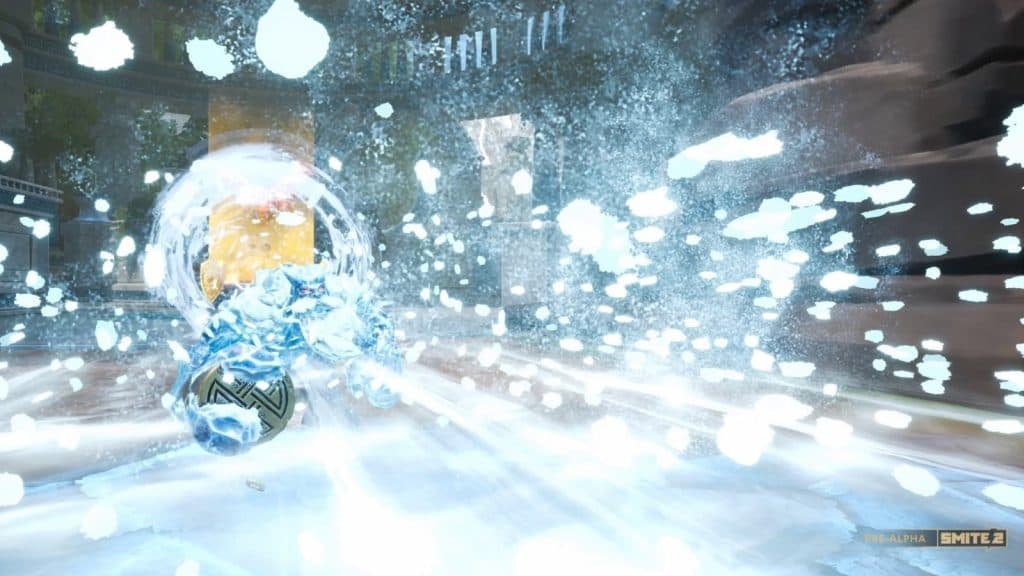
Meanwhile, Barcas’ second strategy on solving jungle clear issues is much more tangible for players, and rewards those who learn how to clear camps efficiently.
“We needed to address how much health and mana a jungler spends trying to clear a camp. A jungler’s sustain is a big portion of how smooth their jungle route will feel, so we intentionally brought down the overall damage of jungle camps as well as their TTK. As an interesting side effect, this made clearing camps feel sort of mundane.
“So, we gave each jungle camp a special ability that they use in their attack rotation and frontloaded that camp’s damage onto the ability. Experienced junglers will be able to easily avoid these abilities and avoid a large portion of damage while also keeping them engaged in the minute to minute gameplay.”
All that said, Smite 2’s map changes aren’t all about gameplay. We also sat with Aaron Kim, Lead Environment Artist, to ask about the challenge of creating a map for a game centered around so many different pantheons and cultural influences.
The union of art and technology in Smite 2
Unreal Engine 3 was holding Smite 1 back for years, but a brief explanation of just how difficult Smite 1 was to work with laid bare just how much work had to go into changing aspects of the map.
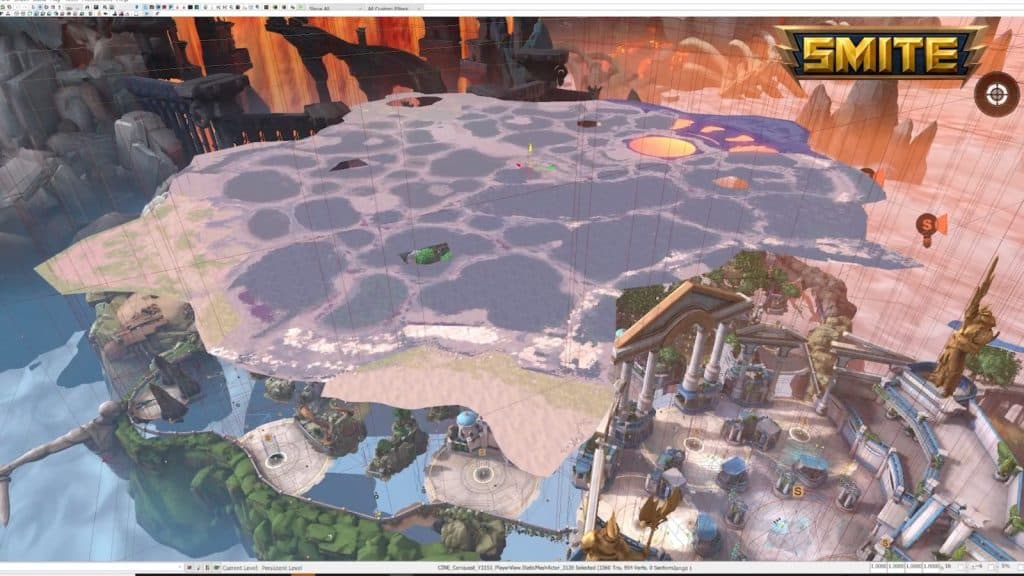
Smite 1’s floor was genuinely just one big ‘ol mesh. Think of it as if the entire texture for the map beneath your feet being a massive tarp stretched across everything you see. If someone wanted to change an aspect of the map’s geometry, add new pathing, or alter the way certain parts of the map look, they’d have to edit the entire mesh around that change rather than just adding the element they want to on the fly.
In short, it’s a massive pain to change anything about Smite 1’s map.
While Aaron and the rest of the art team are focused solely on the Conquest map at this point, he’s excited about what this tech could mean for Smite’s alternate game modes and Conquest map iterations, claiming that “nothing is really off the table” in Smite 2. Smite Car is so back.
Joking aside, Aaron’s excitement about being able to have new tools to work with was tangible.
“For our Smite 1 enjoyers, spawning into Conquest in Smite 2 will be a new yet nostalgic experience. The core aspects of Conquest will be instantly recognizable. It was very important to us that while Smite 2 is all brand new, it still kept the essence of Smite. We introduced updated lighting and atmospherics, more assets built into the map, and a sweet balance of shadowed areas and clear openings. The domains of Fire Giant and Gold Fury are vibrant and enhanced to bring out their distinctions and flair.
“New tools come with new costs to consider, but it’s worth it higher fidelity we can deliver and the elevated experience we can create.”
The biggest thing that stands out is how much shadows change the map. Though small details like certain bits of the map being entrenched in overgrowth and vines or muddied ground dimpled with footsteps are interesting, areas with shadows really change how the map looks and makes things a bit harder to see.
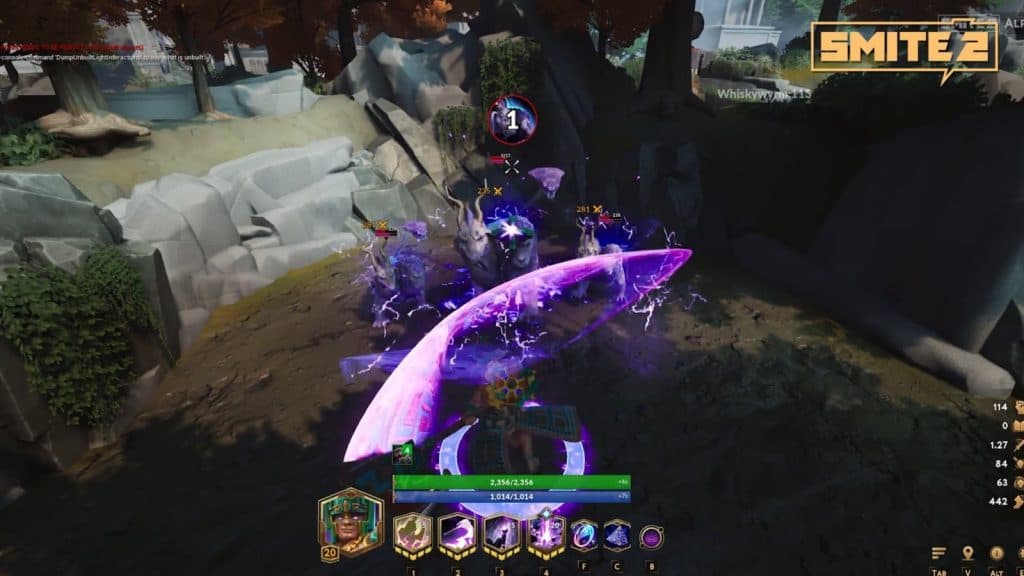
With art now having a much larger effect on gameplay than before, it was important for the team to show restraint in how much they added to the map to keep things from getting cluttered.
“For Smite 2, we wanted players to have a more grounded presence in the world as they traverse the map. At the same time, in moments of combat and team fights, the areas would need to be clear and not distracting. It was a balance of adding too much that it became clutter or not having enough that it felt barren.”
That said, the art team seemed to save a lot of this detail and art for what’s outside of the map, stuff the player barely sees. Smite 1 has always had much less detail outside of the map than it does within it, often shrouding the outskirts with foggy cliffsides or mountains, whereas 2 has much more detail.
“As Smite players we understand that the map is the most important area, the space where you use all your effort to win games. As artists though, we still want to share stories with the players and show that the world you’re playing in is much bigger and that you’re not in just a fishbowl. The areas beyond the map space is a place of respite,” Aaron explained.
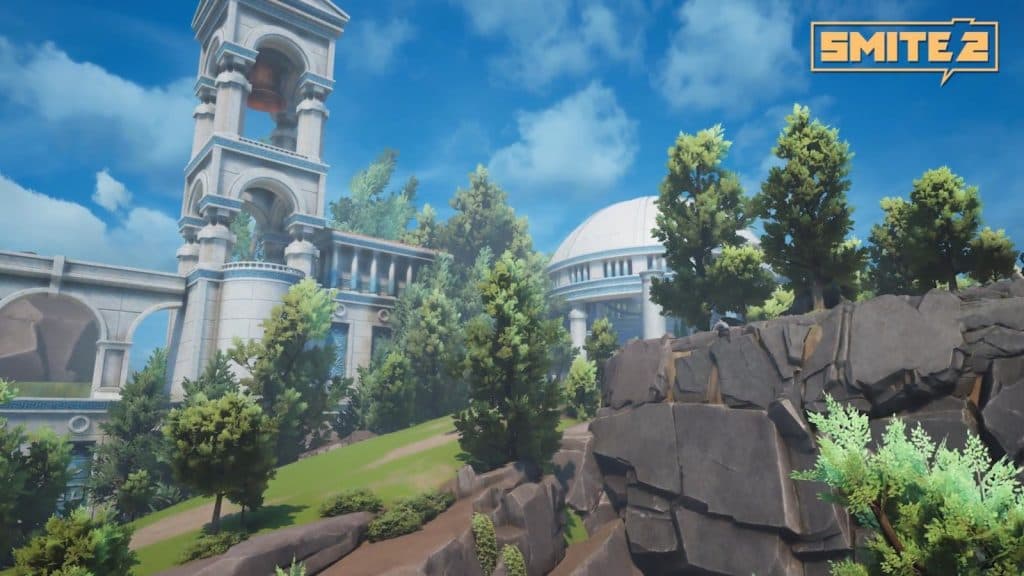
“As the death timer winds down you can stare out into the pleasant landscape, take in the surrounding mountains while listening to the babble of the river and wonder to yourself, where your jungler was and why your guardian and mid laner never bothered to rotate.”
Smite 2’s entire development team seems to be going for this back-to-basics approach as they strip the original game’s elements bare and find out what really works. Though we won’t know if their efforts have truly paid off until players get the Alpha in their hands, the dev team is confident and Matthew Barcas spoke on their behalf in closing.
“I am proud of the level design team’s ability to try new things and to not be afraid of stepping out of the box. It can be scary trying to innovate on a ten year legacy while also preserving the core identity.
Our main goal that has stuck since the beginning is to keep Conquest simple on the surface so that newer players can still succeed, but add enough depth to satisfy veteran players who want to take it to the next level.
“I believe we’ve made strides towards accomplishing this goal, but ultimately we want to hear that from the players as well. We’ll be listening out for feedback as we enter the Alpha phase.”
